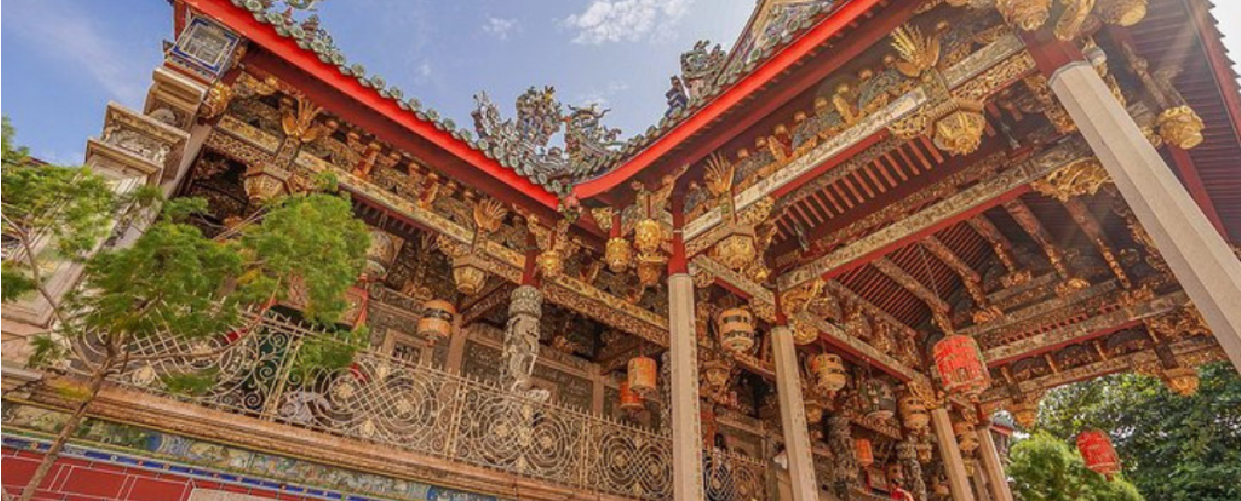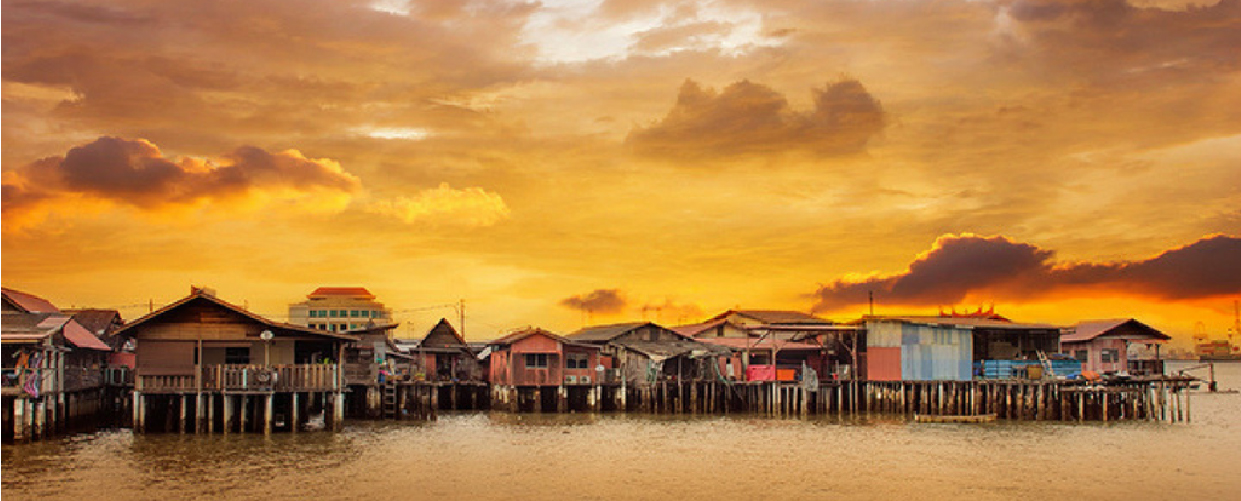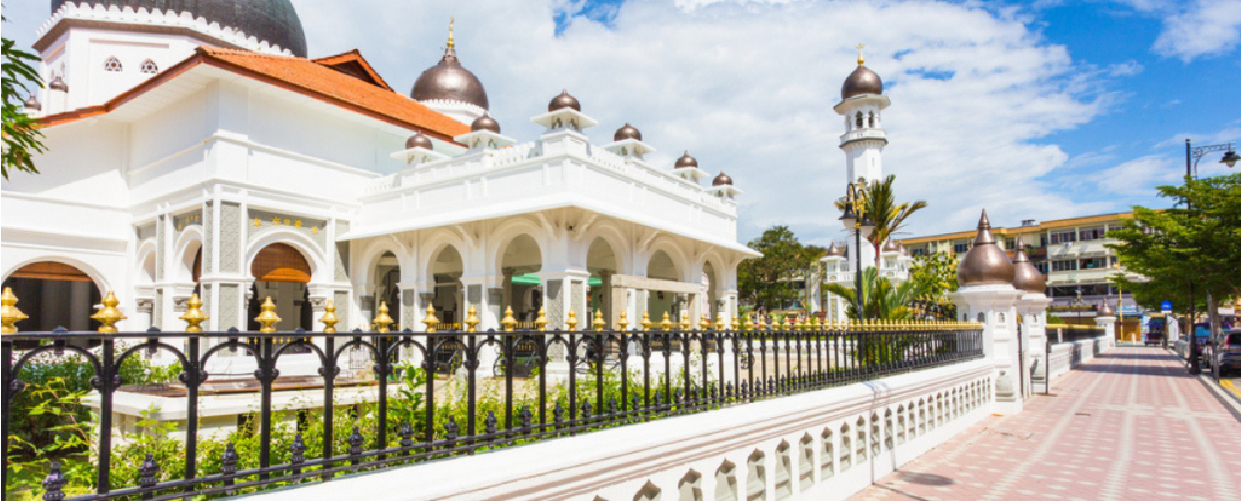
What is the relationship between Penang Longshan Tangqiu Company and Wenshan Tangqiu Company?
When it comes to Khoo Company, Longshantang Khoo Company is more well-known, but in fact there is another smaller Khoo Company located at Hai Quan New Road, Penang, and that is Wen Shan Tang. What is the connection between Longshan Hall and Wenshan Hall? This requires learning a thing or two from the history of the Qiu family in Xinjiang.
The ancestor of the Qiu family, Duke Qian Rong, was from Henan, China, and later moved to Quanzhou, Fujian, China during the Tang Dynasty (885-886 AD). Interestingly, in fact, the original surname of the ancestor of the Qiu family in Xinjiang was Zeng. He married a wife and gave birth to a son named Wancheng, who later moved to Zhengdun Village, Sandu, Longxi (later Xinjiang), where he inherited the great career of the Qiu family, so It is called the ancestor of Haicheng and Xinjiang Qiu's family by later generations.
Later, the son of Duke Qianrong, Lord Wancheng established a household in the early Ming Dynasty and added the surname Qiu. the same ancestor.
Qiu's Qiu family was originally Qiu, but because Confucius, the most sage teacher, was also named Kongqiu, so the Qing emperor ordered the people surnamed Qiu to change their surname to Qiu to show respect for the saint. With the passage of time, the descendants of the Qiu family spread to all parts of China and were distinguished by four corners according to their settlements, and under the four corners were subdivided into 13 Fangtou.
Photo taken from www.khookongsi.com.my
Four corners:
1. Cen house, field house, pine house
2. Concierge, island room
3. Wu house, house house, well house
4. Haifang, Haier, Haisan, Haisi, Haiwu (commonly known as Haiqiujiao)
At the beginning of the 18th century, descendants of the Qiu family from Fujian Province, Zhangzhou Prefecture, Haicheng County, Sandujing, Xindangbao and Xinjiang Society of China came to Penang to live in the south. According to historical records, as early as 1775, descendants of the Khoo family were born in Penang. By 1816, the Khoo family had hundreds of members.
The Qiu family is one of the "five major surnames" of the Hokkien people in Penang, and together with the Xie, Yang, Lin and Chen families constituted an important force in early society. Since the middle of the 19th century, the five surnames have established individual companies in the area of Chulia Street in George Town. Each company is centered on the ancestral hall and has become a strong support for overseas clansmen.
Longshan Hall - Magnificent and magnificent, headed by Dazong or Patriarch
Photo taken from www.khookongsi.com.my
The 200-year-old Longshan Tangqiu Company was established in 1835. Since the Qiu family who came to Penang included clansmen of various Fang factions, the established clan organization was first integrated under the Xinjiang sect. In Yuanxiang, the ancestral hall is called "Yigutang", but the one in Penang is called "Longshantang" according to the family, to commemorate the Zengfu of the Qiu family in Xinjiang, which originated from Longshan, Quanjun.
In 1850, the Qiu family bought land from the British and restored it as a multi-purpose place for the tribe. The Qiu clan demolished the old ancestral hall in 1894 and rebuilt a magnificent ancestral hall. Unfortunately, the new shrine was damaged in a fire in 1901. The following year, members of the Qiu clan rebuilt the ancestral hall, which was not completed until four years later, and it is still in use today. In the following days, Longshan Hall also carried out a lot of restoration work.
Photo via Travel.Qunar.Com
Because of its delicate and exquisite carvings and rich and gorgeous design, it has become a filming location for TV movies many times. Since George Town was listed as a heritage site in 2008, it has attracted more and more domestic and foreign tourists to visit the beauty of Longshan Hall. In 2018, the National Cultural Heritage Administration listed Longshan Tangqiu Company as a national cultural heritage.
Apabila anda memasuki Dewan Longshan dari pintu masuk, anda akan terlebih dahulu melalui deretan rumah kedai sebelum perang.Selepas memintas pentas, Dewan Longshan yang tersergam indah berada di hadapan anda. Jika anda seorang pencinta seni bina purba, anda akan kagum dengan keseluruhan struktur seni binanya. Struktur seni bina Syarikat Longshan Tangqiu memberi perhatian kepada simetri dan perkadaran, dan menggunakan seni ukiran kayu, ukiran batu, lukisan warna, ukiran stuko, memotong dan melekat serta tembikar Cochin dengan baik dari segi susun atur, bentuk dan hiasan terperinci.
Photo courtesy of Jin Ling
Longshan Hall combines the style of southern Fujian in China, but also adds foreign elements, including stone statues of Sikh guards, and the fence of the step corridor (front porch) of Longshan Hall is a curly grass pattern cast in England. Such a combination of Chinese and Western styles allowed the early sages who came from southern China to not forget the traditional Chinese culture, but also reflected the integration of local culture and living habits.
There is a museum at the bottom right of Longshan Hall. It is recommended that you visit it first to understand the history and architectural features of Longshan Hall before appreciating its architectural beauty. I believe it will bring you a better visual feast.
Lung Shan Hall will be illuminated on the last Saturday of every month and certain festivals, from 6:30pm to 10pm, admission is free. There is a fee for visiting on other days.
Opening hours: 09:00 – 17:00 daily
Address: 18 Cannon Square, 10200 Penang, Malaysia.
Wenshantang — simple and beautiful, founded by Haifang Qiu
Photo taken from Deskgram
The founder of Wenshan Church, Qiu Guangwen, belongs to Haifang, so only the Qiu family, who also belongs to Haifang, can become a member of the church. The Qiu family built Wenshan Hall in 1878. However, it is not called Wenshantang in China, but Yangwentang.
Photo courtesy of Jin Ling
Wenshan Hall has been restored three times, in 1930, 1960 and 2016. During the restoration work from the 30s to the 60s, they added local elements and you can find the mosaic in the church building. In particular, when some buildings of the church were damaged, they installed replacements, but these items had nothing to do with the history and culture of the church.
On the roof of Wenshan Hall, there is a portrait of Wang Zhaojun, one of the Four Great Beauties in ancient times, but there are dolls from Western countries behind her, which makes people laugh and cry.
Photo courtesy of Jin Ling
Setiap bahagian reka bentuk Dewan Wenshan ada maknanya.Setiap gambar mesti ada makna, dan maknanya mesti bertuah.Oleh itu, melawat bangunan bersejarah adalah seperti memburu harta karun. Terdapat banyak karya terkenal dan cerita klasik yang dilukis di bangunan Dewan Wenshan, seperti Guan Yu dan Cai Yang dalam mesyuarat bandar purba, Fengshen Bang, Pipa Xing, dll. Terdapat juga Qilong di atas bumbung, yang bermaksud naga berdiri.
Speaking of the architecture of Wen Shan Tang, it is a mixture of traditional southern Hokkien architecture and Malay stilt houses. Since George Town is located in a low-lying area, Malay compatriots are worried about flooding their houses when it rains, so their houses will be built higher. You will not see tall ancestral halls in China, which is a characteristic culture of Penang.
Opening hours: 09:00 – 17:00 daily
Address: 117A, Lebuh Victoria, George Town, 10300 George Town, Pulau Pinang.
Entrance ticket: free
post a comment
You must be logged in to post a comment.


